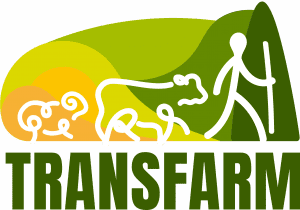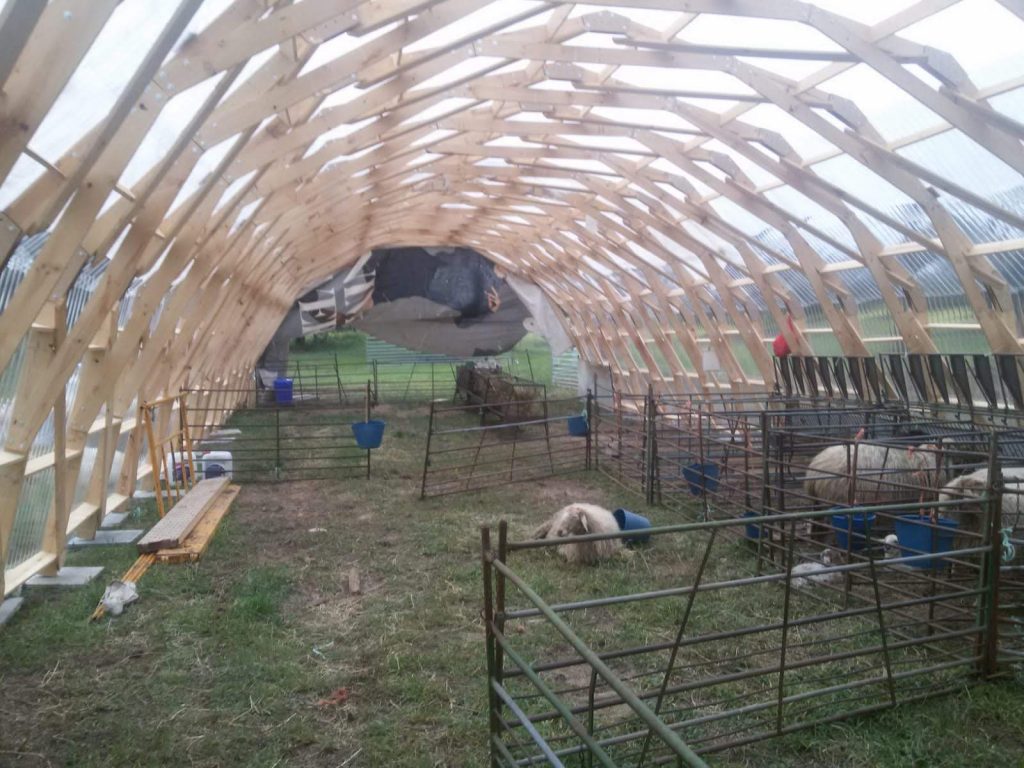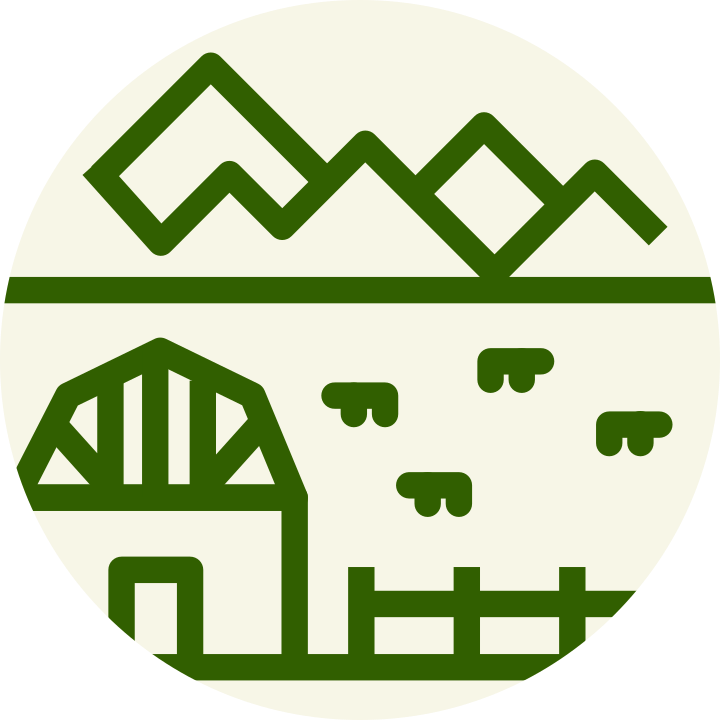‘Los Apisquillos cooperative’ carries out its agro-silvicultural activity in Puebla de la Sierra. The cooperative has around 400 animals, mainly of endangered breeds. It sells primarily meat to consumer groups or to end consumers, but the cooperate is now prepared to also sell cheese and yoghourt, as these products are more demanded.




